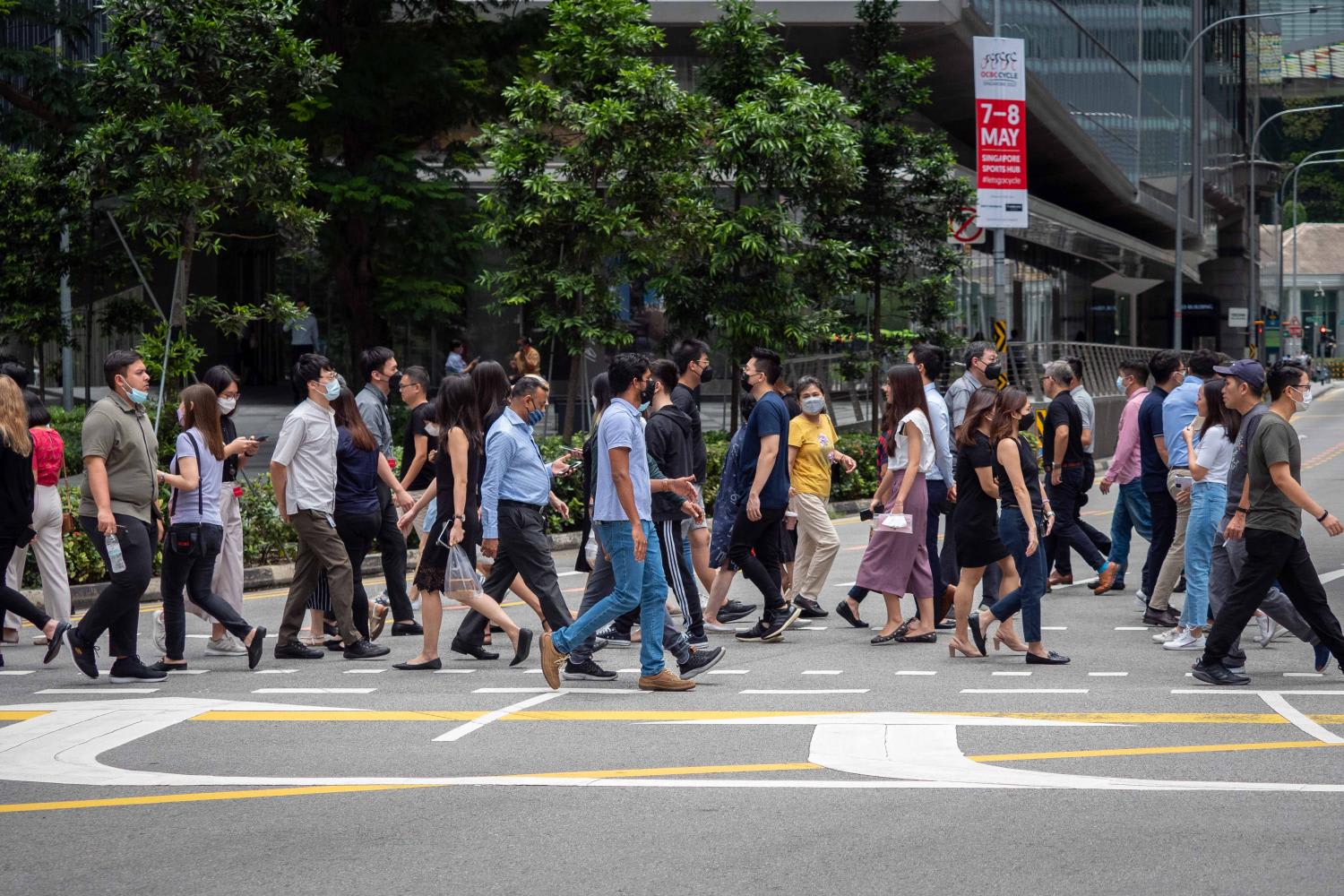Commentary: We tend to put down Singaporeans who stand out too much. Here's why we should support them instead

"Tall poppy" syndrome — making any sort of unconventional achievement or punching above mediocrity would be met with ridicule, criticism or resentment, aimed to keep “tall poppies” performing at a status quo — is prevalent in Southeast Asian societies, says the author.
In the Australian animated sitcom Koala Man, the eponymous protagonist expresses frustration that the media paints a negative picture of his heroism. It’s a classic case of “tall poppy syndrome”, he says — “If anyone becomes too successful in Australia, our fellow citizens feel the need to cut them down like a flower in a field.”
Tall poppy syndrome is a real social phenomenon in Australia and New Zealand, with laments from citizens about the ingrained notion in their culture. Making any sort of unconventional achievement or punching above mediocrity would be met with ridicule, criticism or resentment, aimed to keep “tall poppies” performing at a status quo. These individuals would either conform or deal with the backlash that comes with their accomplishment.
However, it’s not only found Down Under — from the “crabs in a bucket” theory popular in Southeast Asia to the Japanese proverb “The nail that sticks up gets hammered down”, it seems that individualism and exceptionalism are often met with suppression everywhere. But why is this so?
THE SINGAPOREAN DREAM
The “proper” Singapore journey is one we all know well (in theory): We spend 10-12 years in highly controlled learning environments, choose one option of many for post-secondary education, acquire diplomas and degrees, find jobs that pay well, get married, acquire Housing and Development Board flats, and guide our children through the same cycle.
A 2022 research study by the Singapore Management University found that the fear of losing out and competitiveness are key constructs in Singapore — known more colloquially as being “kiasu”. The more kiasu we are, the study finds, the higher our tendency to conform to cultural norms.
These cultural underliers could explain why the “prescribed” Singaporean journey is still favoured by many Singaporeans. We see it around us and buy a ticket for a ride, often without even realising it. Making life choices that are markedly different from what we’ve seen and heard all our lives would make us stick out, possibly attracting unwanted attention or criticism.
‘BE YOURSELF. BUT NOT LIKE THAT’
In February 2023, telecommunications giant Singtel worked with local band Sobs on a campaign to showcase the strength of their network connectivity by livestreaming a concert by the band from an underground MRT station.
Video snippets of the band’s performance were posted on Singtel’s social media pages including Instagram and TikTok. In response, some fans expressed excitement that Sobs, having grown a strong following in Southeast Asia, Japan, and even the United States, was receiving some well-deserved recognition on their home turf.
However, many others shared less savoury sentiments: “Try-hard Coachella LOL”, said one. The top comment reads: “Local artistes: please support local talent… local talent:” — implying that Singaporeans aren’t able to support homegrown music because it is subpar.

Such reactions to alternative forms of Singaporean achievement aren’t confined to music. Fashion consultant Daniel Boey in 2017 observed that Singaporean fashion designers were “treated like rock stars” in the 80s and 90s, but saw their standing quickly decline as Western and foreign faces started dominating print and other media.
Clearly, Singaporeans are not against the notion of working hard or striving, or even excelling on a public stage; but it is a different story when one chooses to go against the grain and stand out — when one becomes too tall of a poppy.
‘ONE UNITED PEOPLE’?
Creative arts are a prominent example of an “un-Singaporean” professional pursuit that tends to attract doubt and detraction from other Singaporeans on public platforms, but it’s not the only one. (See also Singaporean racing driver Christian Ho, whose recent promotion to the Formula 3 tier drew disparagement from netizens over his affluent background and National Service deferment.)
The traditional Singaporean route, while pragmatic, does not hold the same weight and value anymore. Why do deviations from this norm still draw negative reactions?
Since our nation’s independence in 1965, Singaporeans have been hand-held towards uncomfortable concepts that would lead to its success — like the 10-year effort to clean up the Singapore River from 1977 to 1987, and the 1960s establishment of a public housing system after decades of living in kampongs. Without the necessary hand-holding, Singapore’s journey “from Third World to First” would have likely taken decades longer.
Today, our nation is well past its post-independence transformation and has become a strong contender in global arenas such as science, tech, banking and finance. Most of us do not have to worry about our primary and basic needs – such as housing, utilities, food, healthcare and safety. In the international job market, the continually growing demand for Singaporean talent shows the positives of traversing this “model” journey too. Surely, we have grown to a point of maturity to be able to pursue our varied passions off the “typical” Singaporean track, with or without hand-holding.
SUPPORTING NEW SINGAPOREAN DREAMS
There is certainly comfort in sticking to the heavily beaten path of success — or Singapore’s particular brand of success, at least. But can this hard-won prosperity and stability not also serve as an indicator that Singaporeans are ready for new adventures?
Our Government seems to think so, as it looks to invest in finding new ways to support purpose-filled lives for Singaporeans amid rising costs and a challenging economy. One step in that direction was Deputy Prime Minister Lawrence Wong’s Friday (Feb 16) speech, in which he announced that Budget 2024 will invest S$100 million to the Our SG Arts Plan over the next four years, alongside the rejuvenation of community spaces through a partnership with local artists.
Many of us have been told, especially in our youth, to give up on our passions to pursue “more realistic” paths to success. And if we ourselves were discouraged or put down, why should others around us not receive the same treatment?
However, the tall poppies among us are exactly the people we need to show the world the true Singaporean soul. We are not just book-smart intellectuals nor savvy businessmen — we are vibrant, differentiated, and gifted people.
Our nation’s development journey has brought us to the point where our infrastructure, access and opportunities are enough for people to practically pursue their dreams, but many uncertainties and hurdles remain for those of us who choose unconventional paths. Instead of dulling their spark, it would benefit us all to be more supportive of our fellow Singaporeans in their ambitions.
ABOUT THE AUTHOR:
Larissa Santhana Nair works in communications with a focus on marketing, public relations, and brand management.







